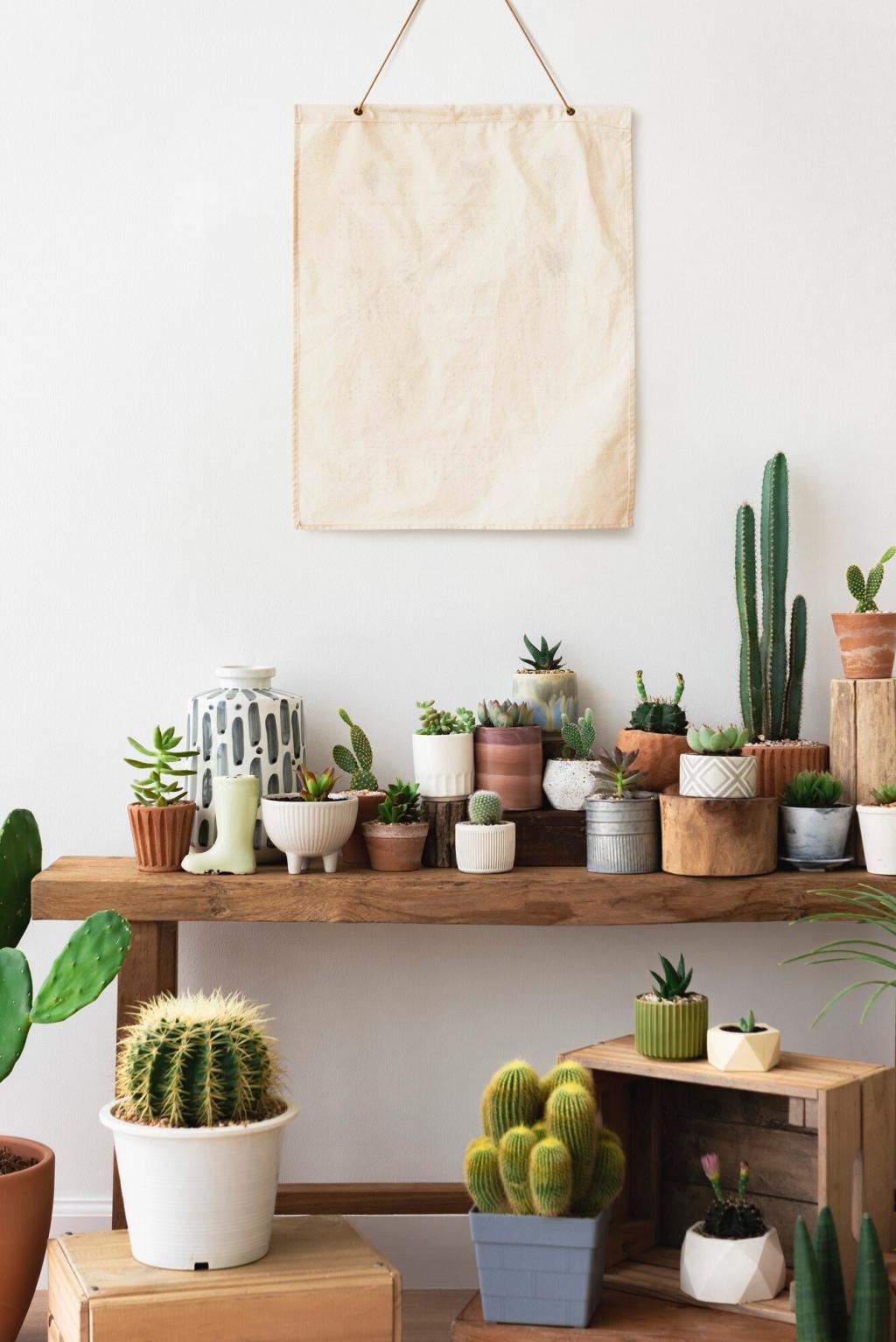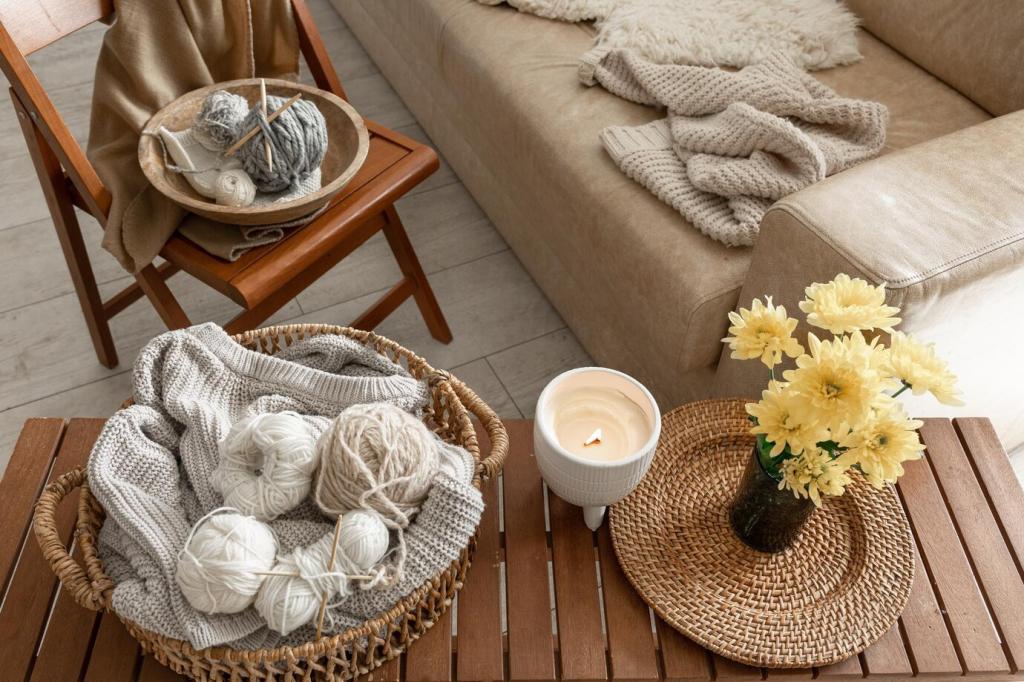Garden and Balcony Accessories
Start seedlings in coir pots, then plant the whole pot to reduce transplant shock. Score or loosen the sides slightly to help roots escape. Jute twine gently supports vines and quietly biodegrades after harvest. My biggest tomato came from a coir-started seedling—what balcony or backyard success do you credit to a biodegradable helper?
Garden and Balcony Accessories
Look for plant clips and labels made from certified compostable bioplastics or pressed paper fiber. Outdoors, longevity varies; collect and compost them with garden waste at season’s end or send to industrial compost where required. Tell us if your municipality accepts these materials—we’re mapping resources to make end-of-life simpler for everyone.



